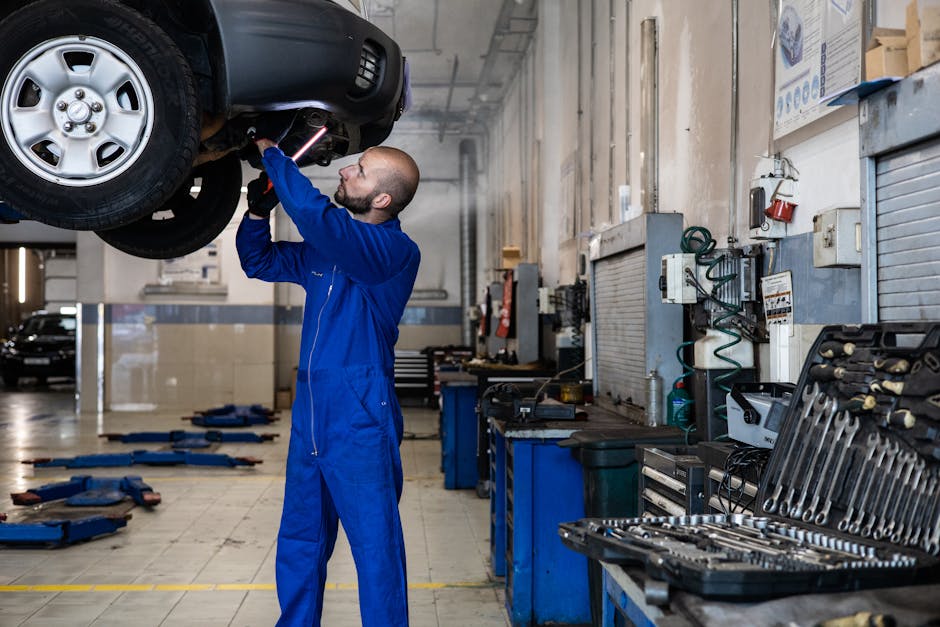What I Can Teach You About
 Condo Inspection Coquitlam: A Comprehensive Guide to Buying a Condo in Coquitlam
Condo Inspection Coquitlam: A Comprehensive Guide to Buying a Condo in Coquitlam
As you embark on the journey of buying a condo in Coquitlam, it’s essential to be aware of the importance of a condo inspection. A condo inspection is a thorough examination of the condo’s condition, identifying potential issues that could impact your purchase decision. In this article, we’ll delve into the world of condo inspections, providing you with a comprehensive guide to help you make an informed decision when buying a condo in Coquitlam.
Understanding the Importance of a Condo Inspection
Before we dive into the details of a condo inspection, it’s crucial to understand why it’s essential. A condo inspection is a vital step in the home-buying process, providing you with valuable information about the condo’s condition. This inspection can help you identify potential issues, such as structural damage, water damage, or pest infestations, which could impact the condo’s value or even pose health risks. By conducting a condo inspection, you can make a more informed decision about your purchase, ensuring you’re getting the best value for your money.
What to Expect During a Condo Inspection
During a condo inspection, a trained professional will thoroughly examine the condo, paying attention to every detail. The inspection typically includes a visual examination of the condo’s exterior and interior, including the roof, walls, floors, and ceilings. The inspector will also examine the condo’s electrical, plumbing, and HVAC systems, as well as the condition of the appliances and fixtures.
The inspector will also check for any signs of pest infestations, water damage, or structural issues. They will also inspect the condo’s foundation, walls, and roof for any signs of damage or wear. Additionally, the inspector will examine the condo’s electrical panel, circuit breakers, and outlets to ensure they are functioning properly.
What to Look for During a Condo Inspection
When conducting a condo inspection, there are several things to look for. Here are some key areas to focus on:
1. Roof Condition: Check for any signs of wear, damage, or missing shingles. Make sure the roof is properly secured and free of debris.
2. Exterior Walls: Inspect the exterior walls for any signs of damage, cracks, or water damage.
3. Windows and Doors: Check for any signs of damage, cracks, or water damage on windows and doors.
4. Electrical System: Verify that the electrical system is functioning properly, including the electrical panel, circuit breakers, and outlets.
5. Plumbing System: Check for any signs of leaks, water damage, or corrosion in the plumbing system.
6. HVAC System: Verify that the heating, ventilation, and air conditioning system is functioning properly.
7. Pest Infestation: Check for any signs of pest infestations, such as termite damage or rodent droppings.
8. Foundation: Inspect the foundation for any signs of damage, cracks, or water damage.
What to Do After a Condo Inspection
After the condo inspection, you’ll receive a detailed report outlining the inspector’s findings. This report will highlight any potential issues or concerns, providing you with valuable information to make an informed decision about your purchase. Here are some steps to take after a condo inspection:
1. Review the Report: Carefully review the inspection report, paying attention to any potential issues or concerns.
2. Negotiate Repairs: If the inspection reveals any issues, you can negotiate with the seller to repair or fix the problems before closing the deal.
3. Request Repairs: If the inspection reveals any major issues, you may want to request repairs or a reduction in the sale price.
4. Walk Away: If the inspection reveals significant issues, you may want to consider walking away from the deal.
Conclusion
A condo inspection is a crucial step in the home-buying process, providing you with valuable information about the condo’s condition. By understanding what to expect during a condo inspection, what to look for, and what to do after the inspection, you can make an informed decision about your purchase. Remember, a condo inspection is an investment in your future, providing you with peace of mind and ensuring you’re getting the best value for your money.

 Navigating Debt Relief in Salinas, CA
Navigating Debt Relief in Salinas, CA Pest control service
Pest control service